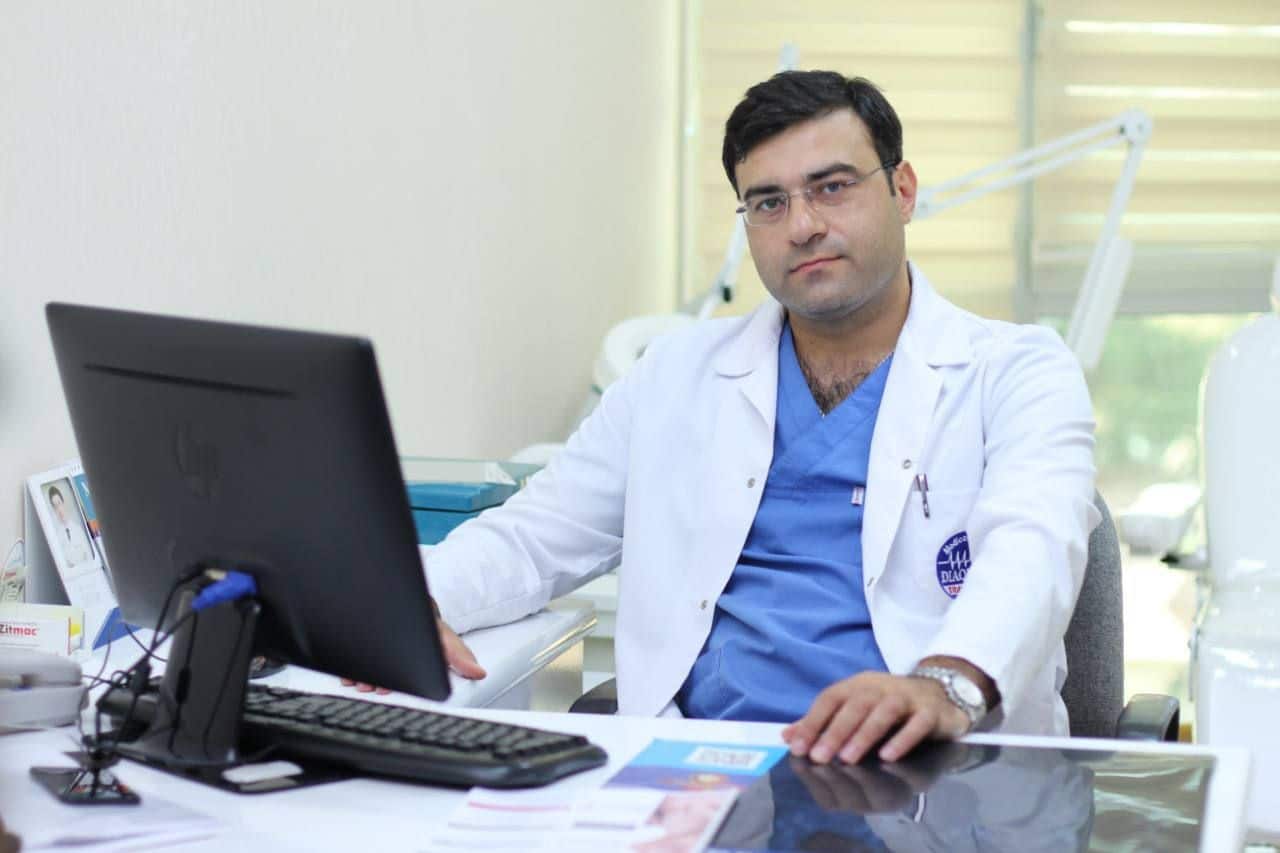Ramil Guliyev on Teamwork: “Silence in the Operating Room Is a Form of Communication”
This year, World Health Day has the slogan “Health for All”. According to the Global Minimally Invasive Surgery Market Report, the global minimally invasive surgery market is growing rapidly and is expected to reach $74.6 billion by 2029. The rise of laparoscopy is driven by a mix of demographic and technological factors: an aging population, increasing chronic diseases, and the development of high-precision equipment and robotic systems.
However, Ramil Guliyev, a surgeon specializing in laparoscopic procedures, believes that beyond technological advances and individual expertise, the coordination of the entire operating team is critical for surgical success.
For someone who has participated in high-profile patient rescue operations, including emergency surgeries, this is not just theoretical—it’s grounded in his own practice. In his study “Organizing Teamwork in the Operating Room During Laparoscopic Procedures” published in Current Research, Guliyev emphasizes that a team-based approach is key to making healthcare more accessible, safer, and more effective.
In an interview with Discover Health, he shares the challenges surgical teams face during minimally invasive procedures and what helps maintain high levels of collaboration.
Technology + Teamwork = Success
Modern laparoscopic techniques represent a new generation of surgery: less trauma, fewer complications, more aesthetically pleasing results, shorter recovery times, and faster returns to everyday life. It’s no surprise that demand for minimally invasive procedures is skyrocketing.
But behind this efficiency are not just technologies—it’s the people.
In his research, Guliyev analyzes the role of every team member and identifies the key conditions for effective collaboration: clear protocols, simulation training, and psychological compatibility.
“Modern laparoscopic surgery demands perfect coordination from everyone in the operating room,” he explains. “Even the most skilled surgeon cannot achieve the desired outcome without seamless collaboration with the anesthesiologist, operating nurse, assistant, and other team members.”
According to Guliyev, surgical success is always a team effort, especially in complex cases—such as patients with obesity, diffuse peritonitis, or unstable hemodynamics.
“These patients present higher technical challenges, limited visibility, and increased risks. The entire team must be highly focused, adaptable, and prepared with pre-planned scenarios. Clear role distribution and mutual trust are absolutely critical.”
Guliyev has repeatedly faced exceptionally complex cases that later drew media attention. One notable example involved an emergency laparoscopic operation for diffuse peritonitis in a patient with severe obesity, unstable blood pressure, and limited time for intervention.
“Thanks to the anesthesiologist’s quick response, the assistant’s readiness, and the precision of the entire team, we stabilized the patient and completed the procedure without converting to open surgery. The patient recovered, and I consider it the team’s success,” he recalls.
The Surgeon Is Not a Soloist, But a Conductor
In his study, Guliyev highlights the key roles in the operating room: surgeon, assistant, anesthesiologist, and operating nurse. While the surgeon leads the team, success is impossible without the assistant providing visualization and traction, the anesthesiologist stabilizing the patient, and the nurse managing instruments.
“In laparoscopy, every second counts—each team member must anticipate the other’s actions. It’s a choreography,” he says.
He stresses that consistent briefings and regular simulations, including rare and critical scenarios, form the foundation of a resilient surgical practice.
“We run simulations regularly. This allows us to fine-tune not only technique but teamwork. In real operations, that training can save lives,” he emphasizes.
The benefits are clear in practice: teamwork affects not only the surgery itself but the entire postoperative course.
“Operation speed influences blood loss, teamwork reduces risks, and coordination affects anesthesia duration. All of this impacts recovery, hospital stay, and complication rates,” the surgeon explains.
For this reason, the clinics where he works employ reflective reviews of surgeries and team assignments based on compatibility and coordination.
According to Guliyev, teamwork is not just an organizational approach—it’s part of the “Health for All” strategy.
Speaking on the significance of teamwork for World Health Day, he underscores:
“A team-based model reduces reliance on a single individual, makes medicine resilient and reproducible. It’s a path to safer, more effective procedures, especially crucial under the high pressure facing healthcare systems today.”















